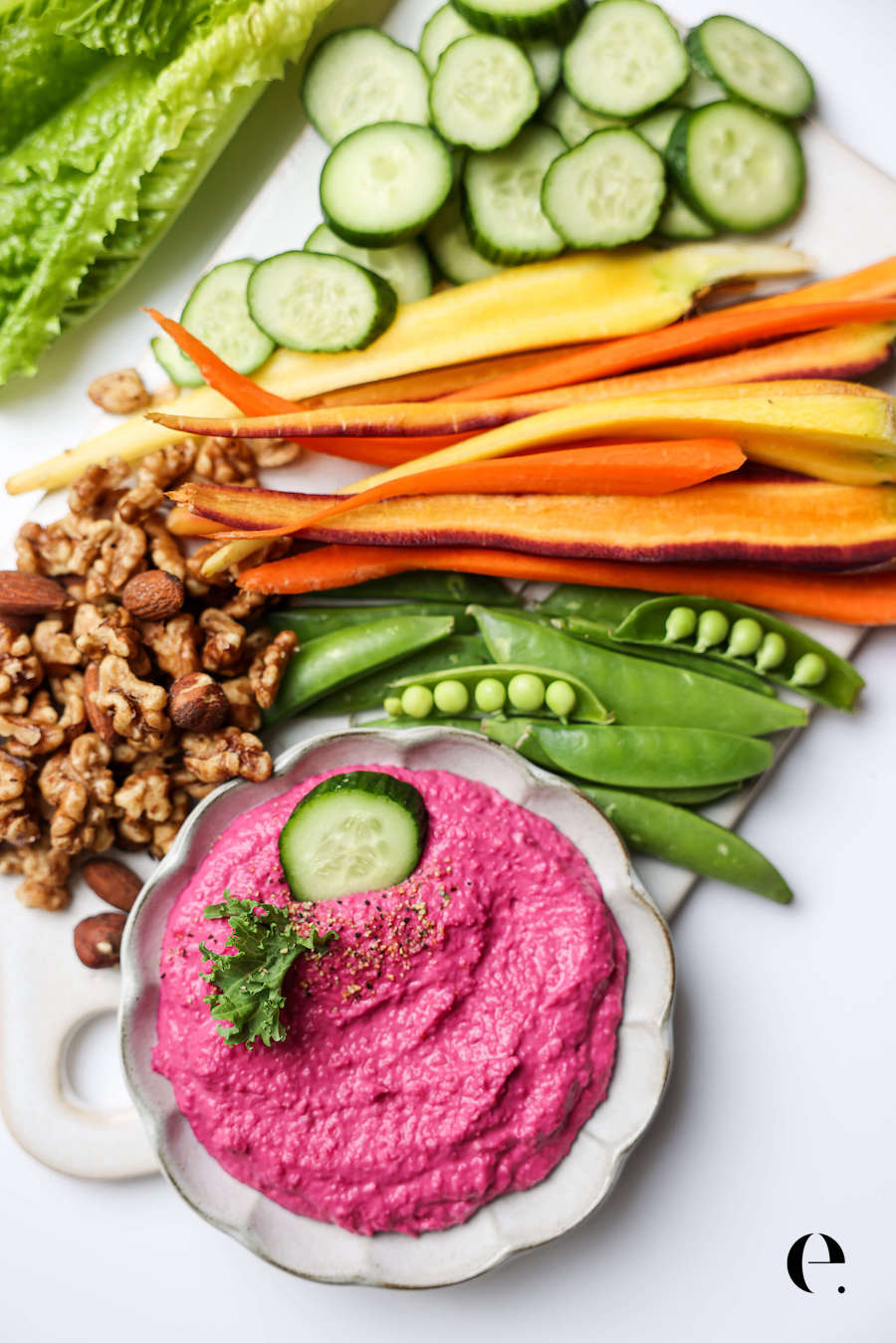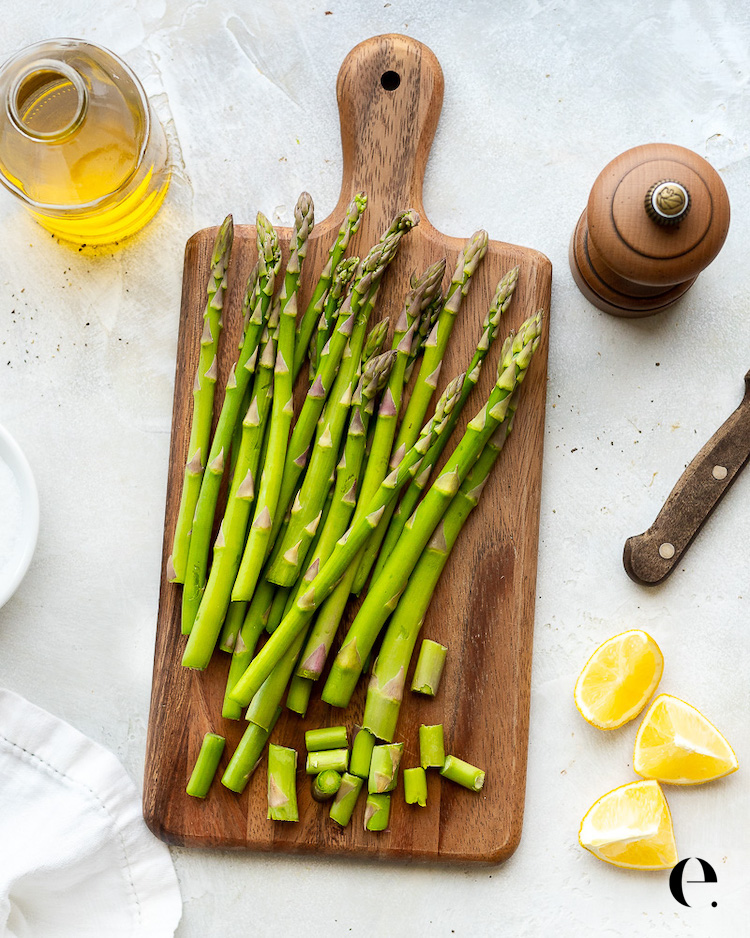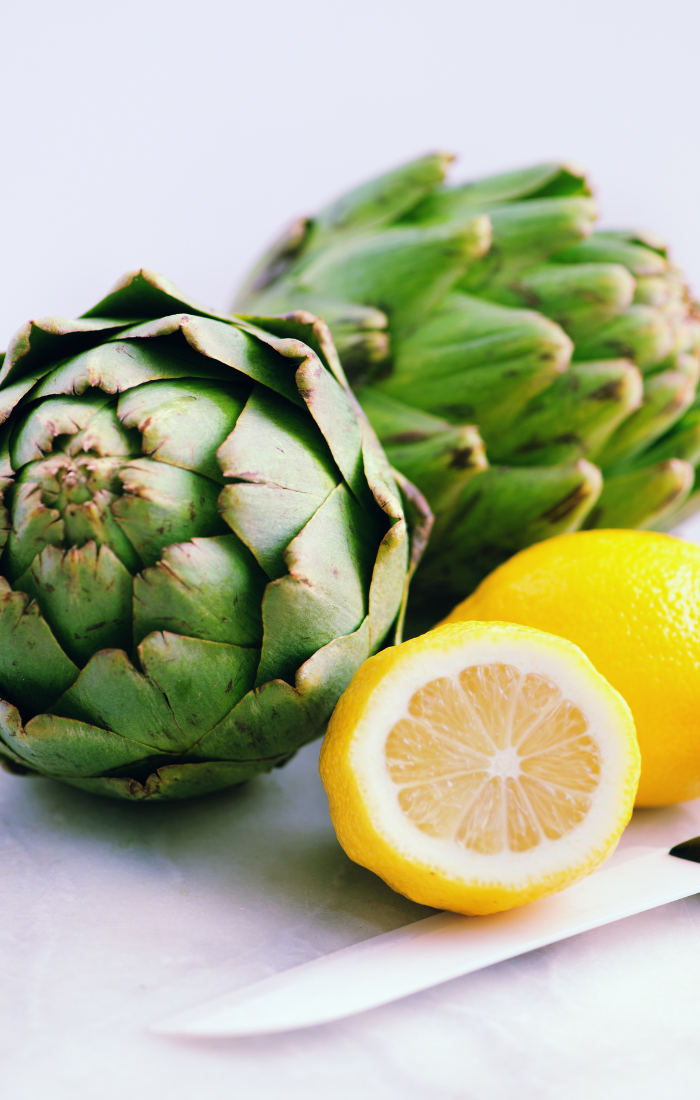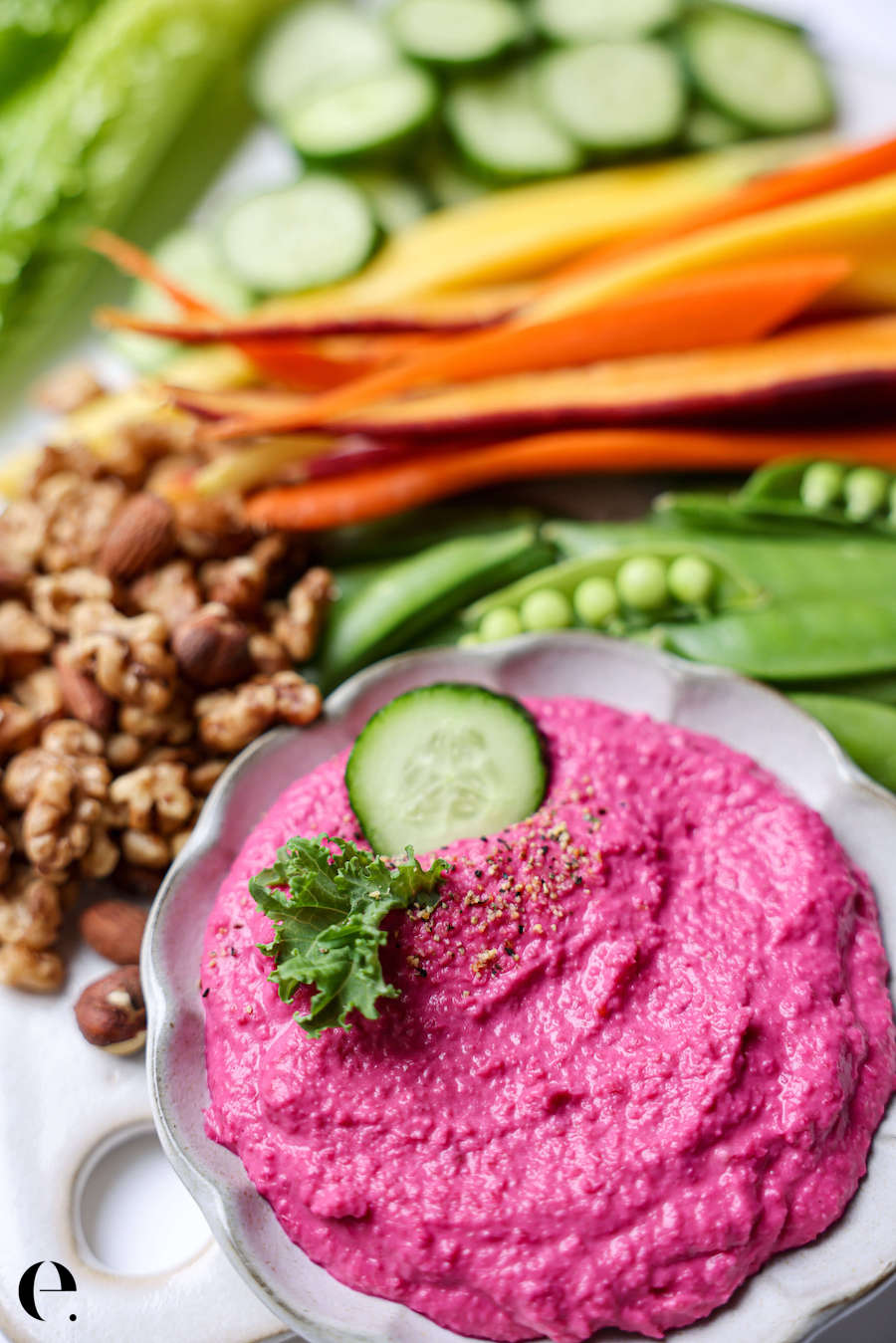What to Eat in April



April is the season of renewal and new beginnings, as spring brings a variety of fresh and flavorful foods to the table. Eating seasonally not only supports local farmers and reduces carbon footprint but also ensures you’re getting the freshest and most nutritious ingredients available.
Seasonal produce refers to fruits and vegetables that are grown and harvested at their peak in a particular region, meaning that they are naturally ripened and picked when they’re most flavorful and nutritious.
However, what’s in season can vary depending on where you live. For example, in the US, strawberries may be in season in April in California, but not in Maine. Checking your local farmer’s market or grocery store can give you an idea of what produce is in season in your area.
Nowadays, with modern transportation and technology, it’s easy to find foods from all over the world at any time of the year. However, buying out-of-season produce can often come with a higher price tag, as it needs to be transported from far away places. Eating locally and seasonally can also mean better quality and taste, as the produce has had less time to travel, and it’s picked at the peak of its ripeness.
What to Eat in April

Asparagus
This green stalk vegetable is a good source of fiber, folate, and vitamins A, C, and K. It’s also known for its diuretic properties that can help flush out excess fluid from the body, making it a great option for those with water retention.
Try roasted asparagus with garlic, asparagus frittata, or grilled asparagus salad.
Artichokes

Artichokes are packed with antioxidants, fiber, and prebiotics that can help promote gut health. They also contain cynarin, a compound that helps stimulate bile production and support liver function.
Try steamed artichokes with lemon-garlic butter, artichoke and sun-dried tomato pasta, or artichoke and spinach dip.
Beets

Beets are rich in antioxidants, nitrates, and betaine, which can help lower blood pressure and improve exercise performance. They also contain fiber and vitamin C, making them a great addition to any healthy diet. Try roasted beet and goat cheese salad, beet and sweet potato tacos, or beet hummus.
Carrots

Carrots are a good source of beta-carotene, which can help support eye health and boost immunity. They also contain fiber and vitamin K, which can help promote bone health.
Try roasted carrot and butternut squash curry soup, carrot and lentil salad, carrot cake loaf, or carrot cake overnight oats.
Fennel
Fennel is a low-calorie vegetable that’s high in fiber, vitamin C, and potassium. It’s also known for its anti-inflammatory properties and can help improve digestion.
Try roasted fennel and potato soup, fennel and orange salad, or fennel and mushroom risotto.
Peas

Peas are a good source of plant-based protein, fiber, and vitamins C and K. They also contain lutein and zeaxanthin, two antioxidants that can help protect against age-related macular degeneration.
Try fresh pea guacamole, pea and mint soup, pea and arugula salad, or lemony pea pesto.
Radishes

Radishes are a low-calorie vegetable that’s high in vitamin C and antioxidants. They also contain sulforaphane, a compound that can help protect against cancer and support liver function.
Try radish and cucumber salad, radish and avocado toast, or roasted radish and carrot salad.
Spinach

Spinach is a nutrient-dense leafy green that’s high in vitamins A, C, and K, as well as iron, calcium, and magnesium. It’s also known for its anti-inflammatory and antioxidant properties.
Try a spinach frittata, pineapple spinach smoothie, spinach and chickpea curry, or spinach and strawberry salad.
Strawberries

Strawberries are a good source of vitamin C and antioxidants that can help reduce inflammation and boost immune function. They also contain anthocyanins, a group of flavonoids that can help protect against cardiovascular disease.
Try strawberry banana smoothie, strawberry and yogurt smoothie, or strawberry and almond milk chia pudding.
Swiss Chard
Swiss chard is a leafy green vegetable that’s high in vitamins A, C, and K, as well as minerals like magnesium and potassium. It’s also known for its anti-inflammatory and antioxidant properties and may help improve blood sugar control.
Swiss chard can be enjoyed sautéed with garlic and lemon, in a quiche, or in a frittata. Its colorful stems and leaves can also be used as a colorful addition to salads or as a wrapper for spring rolls.
Happy April!




